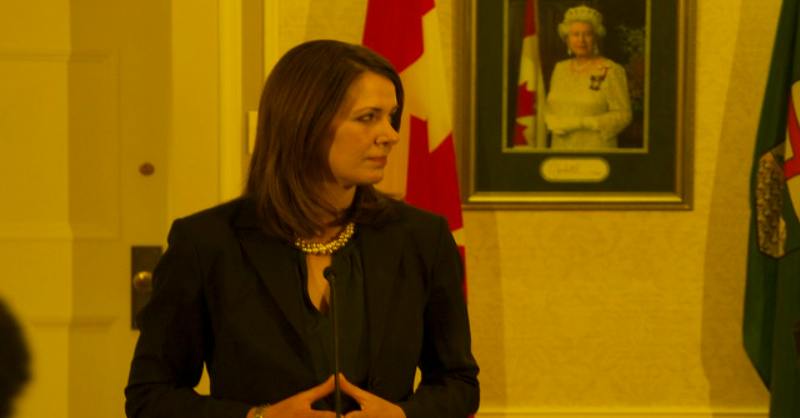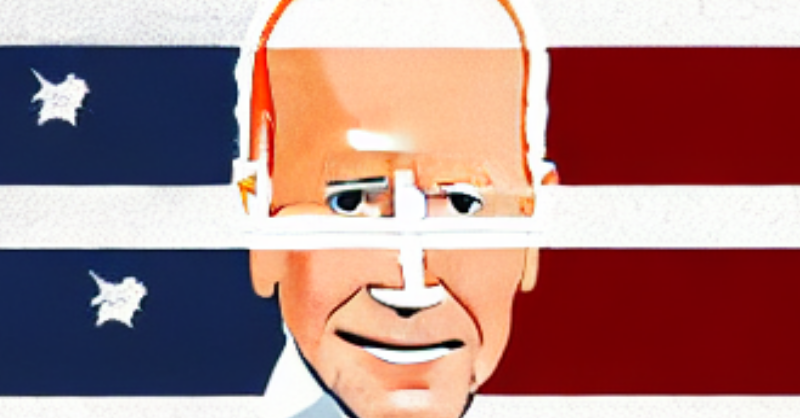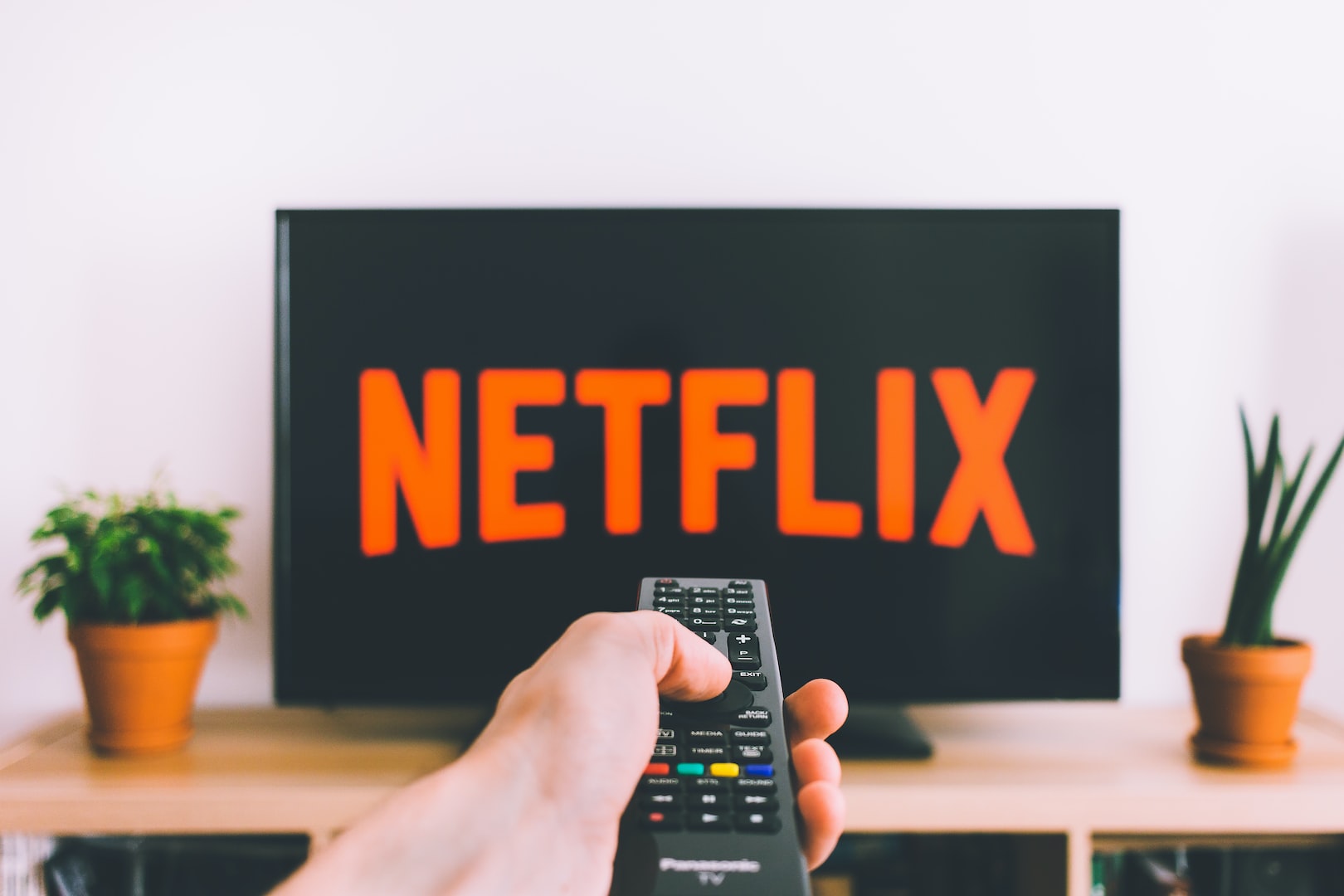
RYAN TYLER
Canada Descends Deeper Into Moral Depravity
We now kill the mentally unfit and abuse our children.
This website uses cookies to ensure that you have the best possible experience when visiting the website. View our privacy policy for more information about this. To accept the use of non-essential cookies, please click "I agree"



RYAN TYLER
We now kill the mentally unfit and abuse our children.

JEFF HODGSON
Danielle Smith is on the right track.

THOMAS CARTER
Donald Trump has no chance of winning the next presidential election, unless this happens.

RYAN TYLER
An analysis of where Alberta is going and what the province's next election might look like.

GRANT JOHNSON
Service offers plenty of opportunities and good pay for young Canadians.

RYAN TYLER
More and more people are realizing that our interdependence has become a detriment.

TARA MURRAY
These three movies are streaming right now and they might be up your alley.